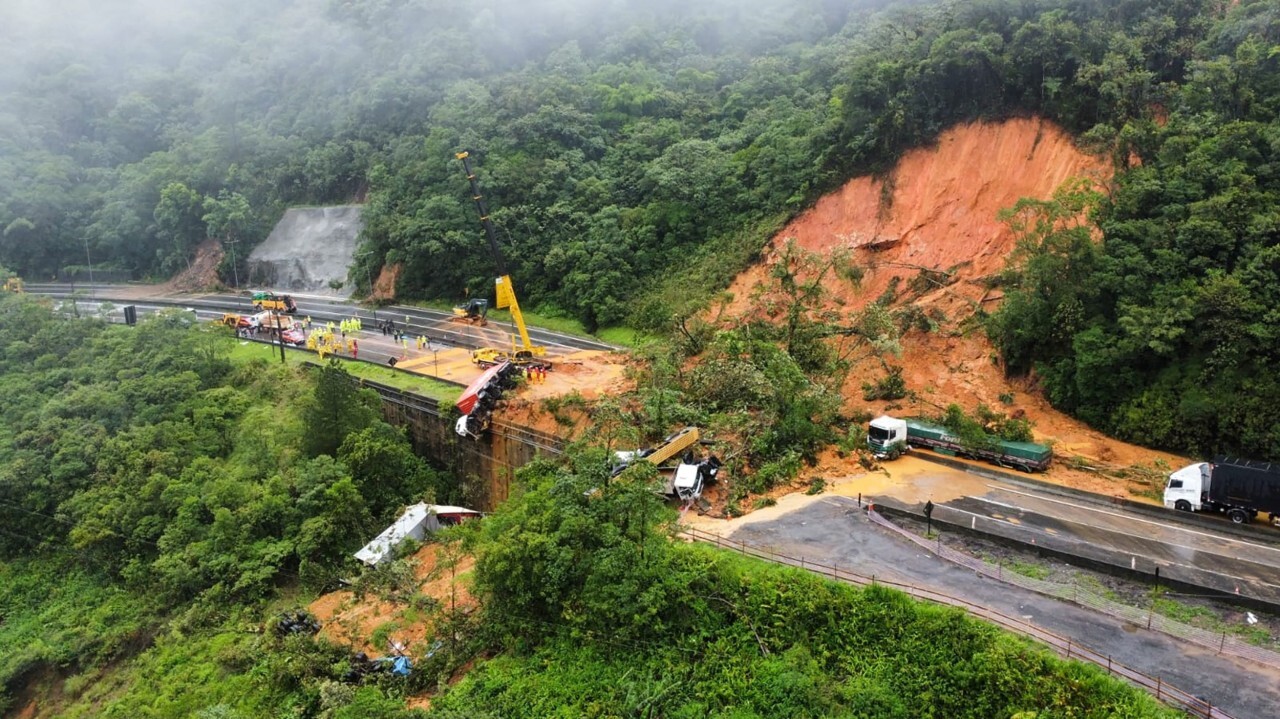

India has the highest mountain chain on earth, the Himalayas, which are formed due to the collision of the Indian and Eurasian plates. The northward movement of the Indian plate towards China causes continuous stress on the rocks, rendering them friable, weak, and prone to landslides and earthquakes. The slow motion of the Indian crust, about 5 cm/year, accumulates stress that leads to natural disasters.
Landslides and avalanches are major hydro-geological hazards that affect large parts of India, including the Himalayas, the Northeastern hill ranges, the Western Ghats, the Nilgiris, the Eastern Ghats, and the Vindhyans. These regions cover about 15% of the landmass.
The Himalayas alone account for landslides of every type: big and small, quick and creeping, ancient and new. The Northeastern region is also badly affected by landslides. Regions such as Darjeeling in West Bengal, Sikkim, Mizoram, Tripura, Meghalaya, Assam, Nagaland, and Arunachal Pradesh face chronic landslide problems, causing recurring economic losses worth billions of rupees.
The Western Ghats in the South, along the steep slopes overlooking the Konkan coast, also face constant landslide threats, particularly in the Nilgiris region.
Some spectacular landslide tragedies include the Varnavat landslide in Uttarkashi District, the Malpha landslide in Pithoragarh District, the Okhimath landslide in Chamoli District, and the Paglajhora landslide in Darjeeling District, among others.
The Okhimath landslide formed a lake in Madhyamaheshwerganga, Rudraprayag District.
NDMA guidelines are followed for Landslide Hazard Zonation (LHZ) maps at a 1:50,000 scale and progressively larger scales for specific areas. National Remote Sensing Center (NRSC), Department of Science and Technology (DST), Council of Scientific and Industrial Research (CSIR), and various academic institutions have contributed significantly to this effort.

Approximately 15% of the Indian landmass must be covered by such maps to classify slopes in various hazard levels. GIS and Remote Sensing applications are used through NRSC under a special group of GIS for LHZ at NDMA.
Remain calm, be alert, and awake. Listen to warnings of heavy and prolonged rainfall from the weather station. If your home is located below a debris-covered area, move to a safer place. Listen for sounds of rockfall, moving debris, and cracking trees.
Call and help rescue teams, keep drinking water containers and a first aid kit, and avoid entering damaged houses. Watch for flooding if close to a river, help others who need assistance, especially elderly people, children, and women. Seek advice from local authorities for rebuilding damaged houses and roads. Report any damage to roads, power, and telephone lines to the concerned authorities.